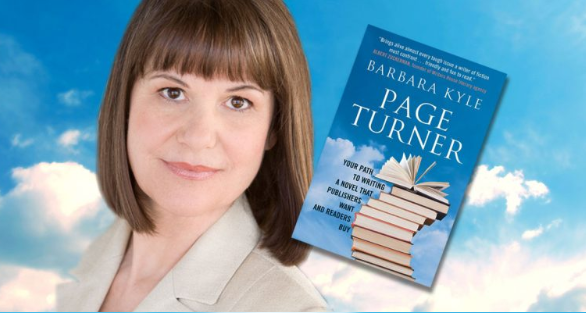3 THINGS I’VE LEARNED AS I LEARN HOW TO WRITE A PAGE TURNER
I’ve returned to writing my novel, The History Singer. This time I’m doing it right. Let’s start with a quick look back, foreshadowing what’s to come.
A Lunch Break fiction writing inspiration
While working for a B2B cloud SaaS company as Head of Content and Creative in 2014ish, I had one of those rare moments when the idea for a book broke through my muddled mind and poured itself out onto the page. I’ve been working on it since. Irregularly and with long lapses between pen to paper.
After a Covid-related layoff in 2021, I decided to use the time to create a podcast. A podcast? Well, yes. I’d been wanting to do one forever. And it would be a podcast of my book in progress.
It was a time-eating experience as I had to learn how to podcast. And there was a lot to learn. It left no time to finish book one of my planned trilogy. Lesson learned. Write if you want to write a book. So that’s what I’m doing now.
3 Things I’ve Learned as I Learn to Write a Page Turner
So, what exactly is a page-turner? A page-turner is a book that keeps you up long after your bedtime. It captures you from page one and refuses to let go until you finish the book. That’s what I’m focused on writing now.
One book has been particularly helpful in my pursuit of page-turner writing. Barbara Kyle is the author of the appropriately titled, Page-Turner: Your Path to Writing a Novel that Publishers Want and Readers Will Buy.
Whether you want to write fiction or you want to use storytelling structure when writing B2B content, here are my top three takeaways.
The Hook
I’ve always considered this technique the current situation or the status quo. The way-things-are-now-viewpoint that the Inciting Incident will change. But Kyle drills down, saying that the hook is the novel’s first sentence or paragraph, and here’s the important part, it should generate some excitement!
I’ve been looking at George R.R. Martin’s Song of Ice and Fire.
Here’s his hook in the first sentence of the Prologue.
“We should start back,” Gared urged as the woods began to grow dark around them. “The wildlings are dead.”
That’s most definitely a promise of excitement!
Map the Action
After the initial idea explosion, I worked on my novel sporadically, creating characters, mapping the world, and, more recently, writing the story as podcast episodes. Taking Kyle’s advice to heart, I am now, belatedly, mapping the book's actions.
Here’s how that works. You strip away all of the descriptive narratives like the inner emotional landscape, and list each character’s actions scene by scene, chapter by chapter. As Kyle puts it, “… readers relate to a character in action.” That’s because action sets things in motion. It raises the stakes. And it pressures other characters to react, often in ways that do not turn out well.
Sure, it’s tedious. But it shows me that I have too many descriptions of things and not nearly enough action taken by characters. Eye-opening and humbling. And relevant to B2B writing.
Reversals and Scene Construction
As I map the novel’s action sequences, I think about how I’ve constructed scenes. Kyle clarifies this process, noting that there are scenes of varying lengths. And that big scenes are like miniature stories. They are turning points that drive the action forward.
Page-turner principles applied to b2b writing
As a B2B content strategist and writer in the day job I love and am lucky to have, I’m always thinking about applying the principles of fiction writing to lead-gen content.
I rely on the three-act structure for everything from emails to articles.
the three-act structure
It goes something like this.
The status quo, as in the way things are. In this example, the status quo is outdated technology and poor security practices.
The pivot, or inciting incident, disrupts the status quo, requiring that the potential customer take action. Here’s an example: telephone intercom technology will no longer be available, and security will be worse than outdated. It won’t exist.
The climax, or CTA, sets things in motion that will take the person on a journey to purchase the product and (hopefully) have a happy ending as a customer evangelist.
And speaking of endings, that wraps this article. If you made it this far, thank you for reading. I hope you found it helpful.










